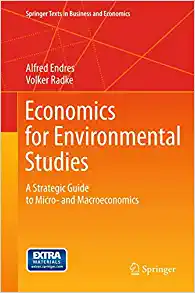Question
Case 1: The existence of high agency costs sometimes prompts firms to financially restructure themselves to achieve higher operating efficiencies. For example, the lawn products
Case 1:
The existence of high agency costs sometimes prompts firms to financially restructure themselves to achieve
higher operating efficiencies. For example, the lawn products firm O.M. Scott & Sons, previously a subsidiary of
ITT, was purchased by the Scott managers in a highly leveraged buyout (LBO). Faced with heavy interest and
principal payments from the debt-financed LBO transaction and having the potential to profit directly from
more efficient operation of the firm, the new owner-managers quickly put in place accounting controls and
operating procedures designed to improve Scott's performance. By monitoring inventory levels more closely
and negotiating more aggressively with suppliers, the firm was able to reduce its average monthly working
capital investment from an initial level of $75 million to $35 million. At the same time, incentive pay for the
sales force caused revenue to increase from $160 million to a record $200 million.
Case 2:
As a representative example of a performance-based pay package, General Electric CEO Jeff Immelt had a 2006
salary of $3.2 million, a cash bonus of $5.9 million, and gains on long-term incentives that converted to stock
options of $3.8 million. GE distributes stock options to 45,000 of its 300,000 employees, but decided that one-
half of CEO Jeff Immelt's 250,000 "performance share units" should only convert to stock options if GE cash
flow grew at an average of 10 percent or more for five years, and the other one-half should convert only if GE
shareholder return exceeded the five-year cumulative total return on the S&P 500 index. Basing these executive
pay packages on demonstrated performance relative to industry and sector benchmarks has become something
of a cause clbre in the United States. The reason is that by 2008 median CEO total compensation of $7.3
million had grown to 198 times the $37,000 salary of the average U.S. worker. In Europe, the comparable figure
was $900,000, approximately 33 times the median worker salary of $27,000.9 And similar multipliers to those
in Europe apply in Asia. So, what U.S. CEOs get paid was the focus of much public policy discussion even before
the pay scandals at AIG and Merrill Lynch/Bank of America in the fall of 2009.
Question:
Based on the cases above, to mitigate agency problems between senior executives and shareholders, should
the compensation committee of the board devote more to executive salary and bonus (cash compensation) or
more to long-term incentives? Why? What role does each type of pay play in motivating managers?
Step by Step Solution
There are 3 Steps involved in it
Step: 1

Get Instant Access to Expert-Tailored Solutions
See step-by-step solutions with expert insights and AI powered tools for academic success
Step: 2

Step: 3

Ace Your Homework with AI
Get the answers you need in no time with our AI-driven, step-by-step assistance
Get Started


